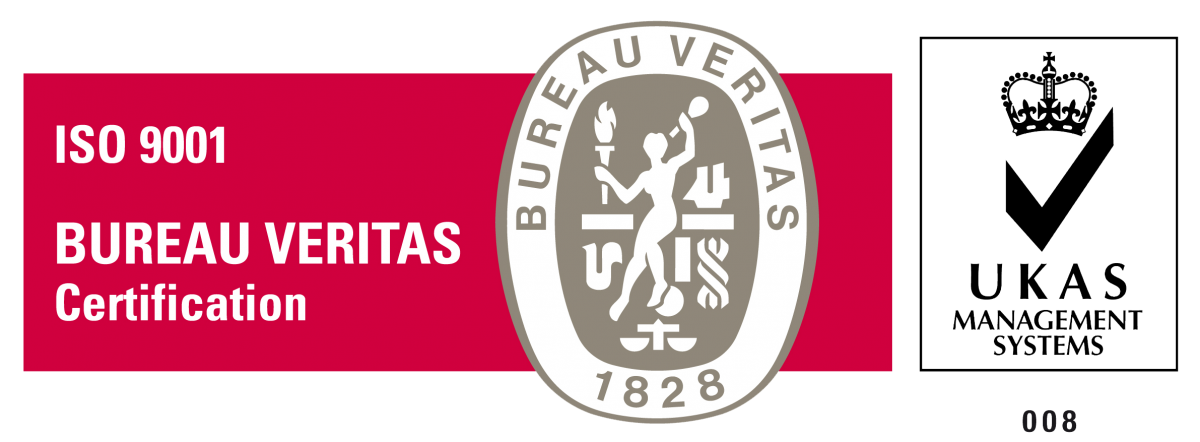bluehoney
bluehoney
Register your staff to learn key Asset Management concepts and best practices, in line with ISO 55000, in Chinese.

Industrial Risk Prevention, Asset Management and Maintenance are at the top of the agenda for companies operating physical assets in China, according to the 2017 "Maintenance in China" survey. Yet, more than half of the maintenance staff has never received training on maintenance management and methodologies. Among those who have received classroom training, most found it not relevant to the Chinese situation, difficult to follow and not applicable to their daily job. As the report points out: "who, then, develops and implement good practices?"
Siveco, a maintenance consultancy with long track record in the Chinese market, has decided to open its bluehoney online training platform, used in-house since 2012, to all maintenance professional in China. The first course covers the "5 Steps to Maintenance", with one introductory module and 5 lessons aligned with the ISO 55000 Asset Management standard.
Audience:
- This course is designed for all maintenance and technical personnel in China, from maintenance manager to maintenance engineers. Plant managers, operation or engineering managers will also be interested.
- All industrial sectors operating physical assets are concerned: this course focused on management and methodology is not specific to any industry or equipment type.
Features:
- Covers the fundamentals of maintenance and asset management, in line with ISO 55000, and the equivalent Chinese standard GB/T 33172 in a systematic, practical manner, adapted to Chinese realities.
- 100% in Chinese language, designed for China by local and international experts with a long Chinese experience: this is not a translated course without relevance.
- State-of-the-art online learning platform, accessible even on mobile phones, self-paced according to each learner's time constraints.
- For managers, a powerful tool to ensure your personnel, old and new, across sites, have acquired the fundamental knowledge required.
Format:
The course is composed of 6 sections. Learners follow the course at their own pace, usually covering each section in several shorter sessions, with a combination of video courses and exercises. Additional time can be spent checking optional material such as articles and case studies.





